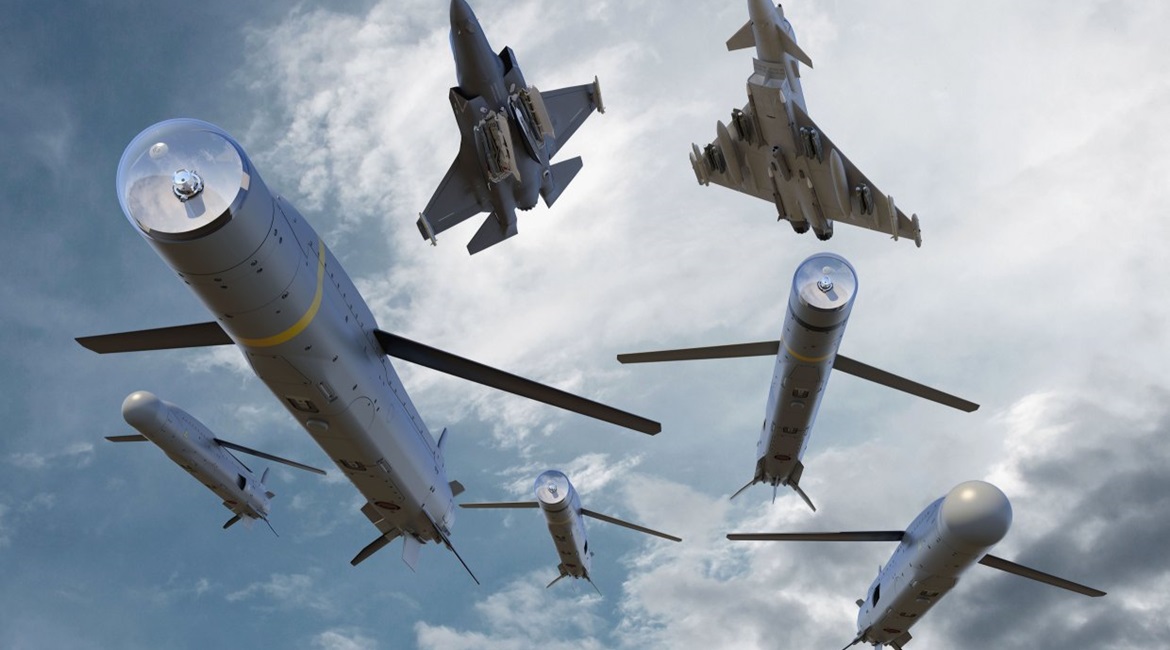
MBDA in the UK has disclosed details on the development of two prospective air-launched missile variants evolved from its baseline SPEAR stand-off, air-to-surface developmental weapon system: SPEAR-EW (electronic warfare) and SPEAR-Glide.
Still in its development phase, the SPEAR weapon is MBDA’s solution for the UK Ministry of Defence’s (MoD’s) 100 kg class Selective Precision Effects At Range Capability 3 (SPEAR Cap 3) requirement. The MoD awarded MBDA a GBP411 million (USD536 million) four-year SPEAR Cap 3 Development Phase contract in March 2016 for critical design and development work to tailor the SPEAR weapon for use within the internal weapons bay of the UK Royal Air Force and Royal Navy F-35 Lightning multirole stealth aircraft. Integration of SPEAR onto the Eurofighter Typhoon is also a programme of record for the RAF.
SPEAR is a long-range missile powered by a Pratt & Whitney TJ-130 turbojet engine to deliver a given range of over 140 km, according to MBDA. Designed to operate as an all-weather capability, SPEAR introduces a significant evolution of the terminal guidance seeker package developed for the Brimstone missile, featuring a combined radio frequency (RF) imaging sensor and a semi-active laser (SAL) seeker with an enhanced algorithm and processing capability that enables the missile to ‘see’ and record images of the target area through the RF imaging element of the seeker.
Navigation is delivered through anti-jam GPS combined with a Micro-Electro-Mechanical Systems (MEMS)-based inertial measurement unit sourced from UTC Aerospace Systems. The missile also features an insensitive munition-compliant multieffects warhead – sourced from TDW – with multiple fusing options that provides a low collateral footprint and allows for tunable effects to the target; and a two-way datalink.

Looking to read the full article?
Gain unlimited access to Janes news and more...


